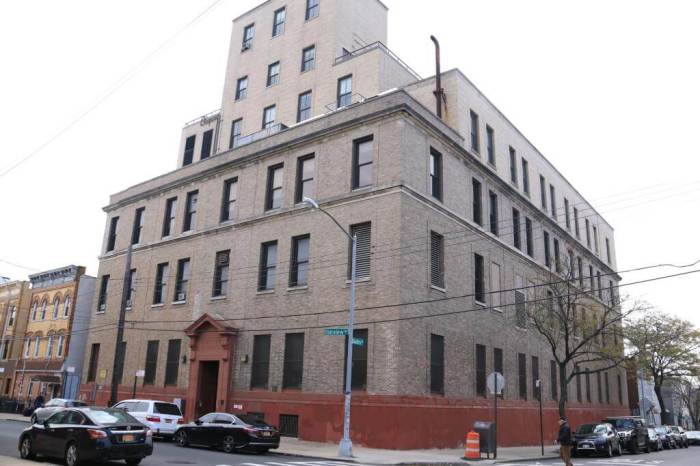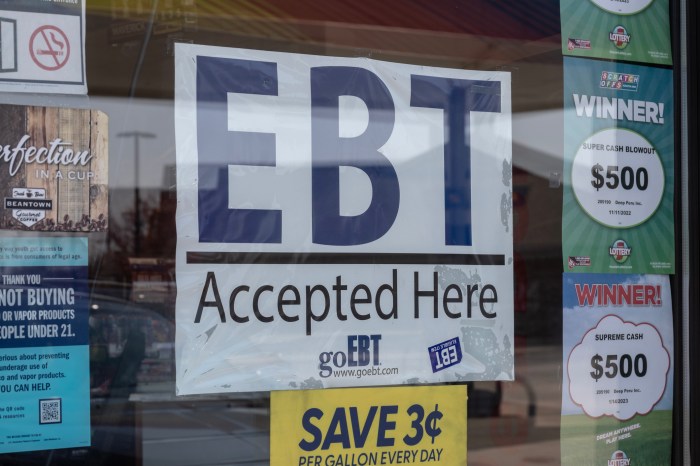
The Museum of Modern Art Presents Iranian Cinema Before the Revolution, 1925–1979
The Museum of Modern Art will present the major film series Iranian Cinema before the Revolution, 1925–1979. The most comprehensive survey of Iranian pre-revolutionary cinema ever assembled in North America, Iranian Cinema before the Revolution features rediscoveries and rarely seen classics made between 1925 and 1979, an immensely creative and tumultuous period in Iran’s history. Spanning the 50-odd years between the rise of the Pahlavi Dynasty in 1925 and the 1979 Islamic Revolution, this survey traces a national cinema still largely unknown in the West. This selection of more than 70 features and shorts offers a radical reappraisal of Iranian cinema, shedding light on the efforts of filmmakers like Ebrahim Golestan, Forough Farrokhzad, Dariush Mehrjui, Sohrab Shahid Saless, and Masoud Kimiai to circumvent strict restrictions on artistic freedom during the Shah dictatorship, whether through allegory, elliptical narratives, musical counterpoint, and other poetic means; or provocative blurrings of fact and fiction, observational documentary and fanciful storytelling, and a neorealist use of nonprofessional actors and performers. Many of these films have never before been seen in New York, while others are presented in new preservations that restore missing or censored scenes. The series includes films made during the silent and early sound periods, shot by non-Iranians in the region, as well as post-WWII genre movies—including crime thrillers and melodramas—from the period of Iranian cinema known as filmfarsi. A rich selection of films by Golestan is presented, including his landmark Brick and Mirror (1964). Other highlights include Farrokhzad’s masterpiece The House Is Black (1962) and Bahram Beyzaie’s The Ballad of Tara (1979), a film that was indefinitely banned in Iran upon completion. The rich period of experimentation in the 1960s and ’70s, known as the Iranian New Wave, is also represented with films by Farrokh Ghaffari, Kamran Shirdel, and Shahid Saless, as well as even more militant and transgressive work by Kimiai. The story of the years leading up to the 1979 Islamic Revolution is one of cross-pollination, and this series maps in rich detail the important lineages among the filmmakers above and influential figures like Arby Ovanessian, Abbas Kiarostami, Amir Naderi, Parviz Sayyad, Mohammad Reza Aslani, Bahman Farmanara, and Nosrat Karimi, among many others. Regardless of their political beliefs and activities, Iranian filmmakers more or less shared the same fate after the 1979 revolution: they were banned from making new work or were driven into exile. It would be years before indigenously produced Iranian cinema would flourish once again. This exhibition of pre-revolutionary cinema will fill an enormous gap in our understanding of what led us to this point, and indeed, will open our eyes to what has always made the Iranians such brilliant and exciting moving-image storytellers.











